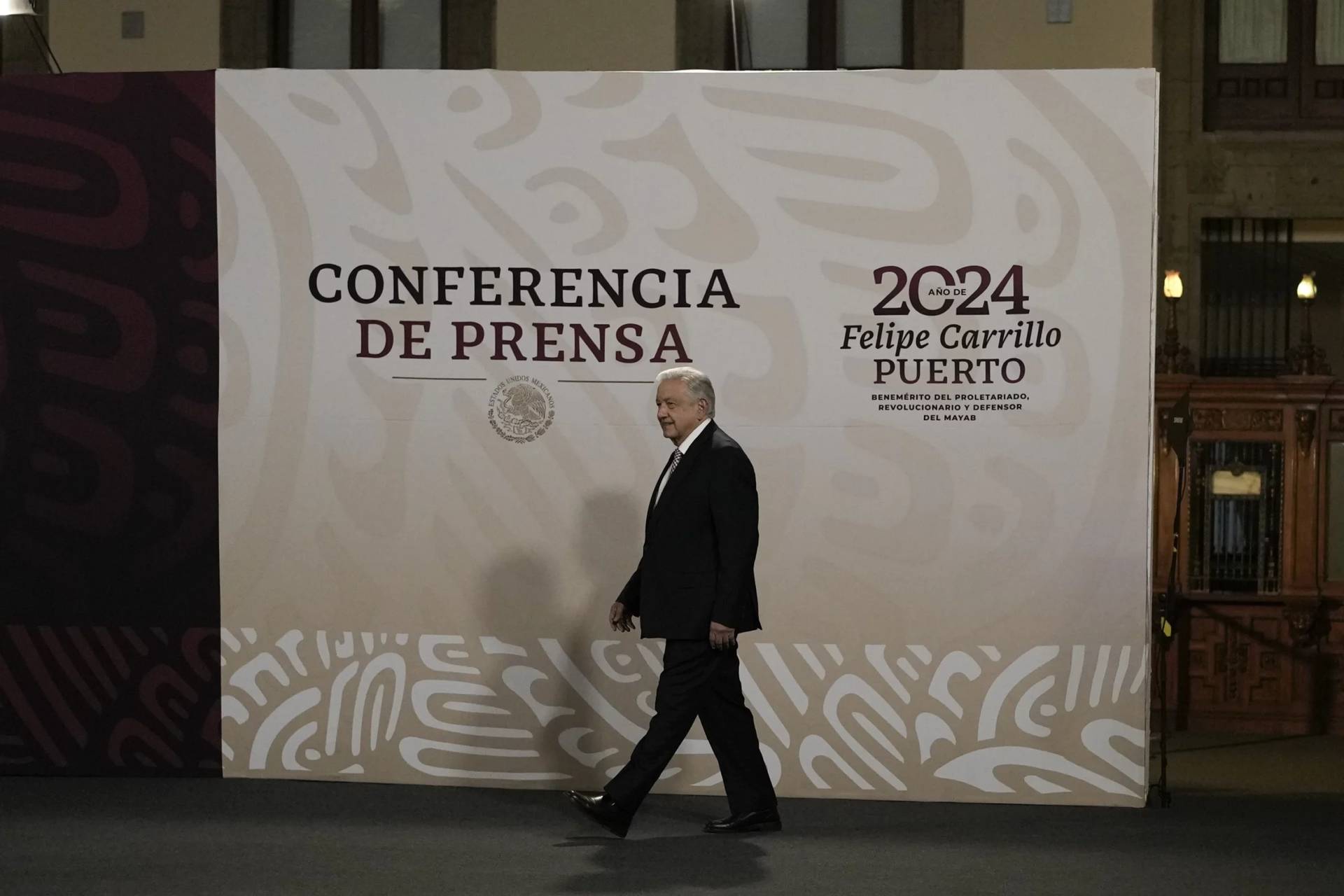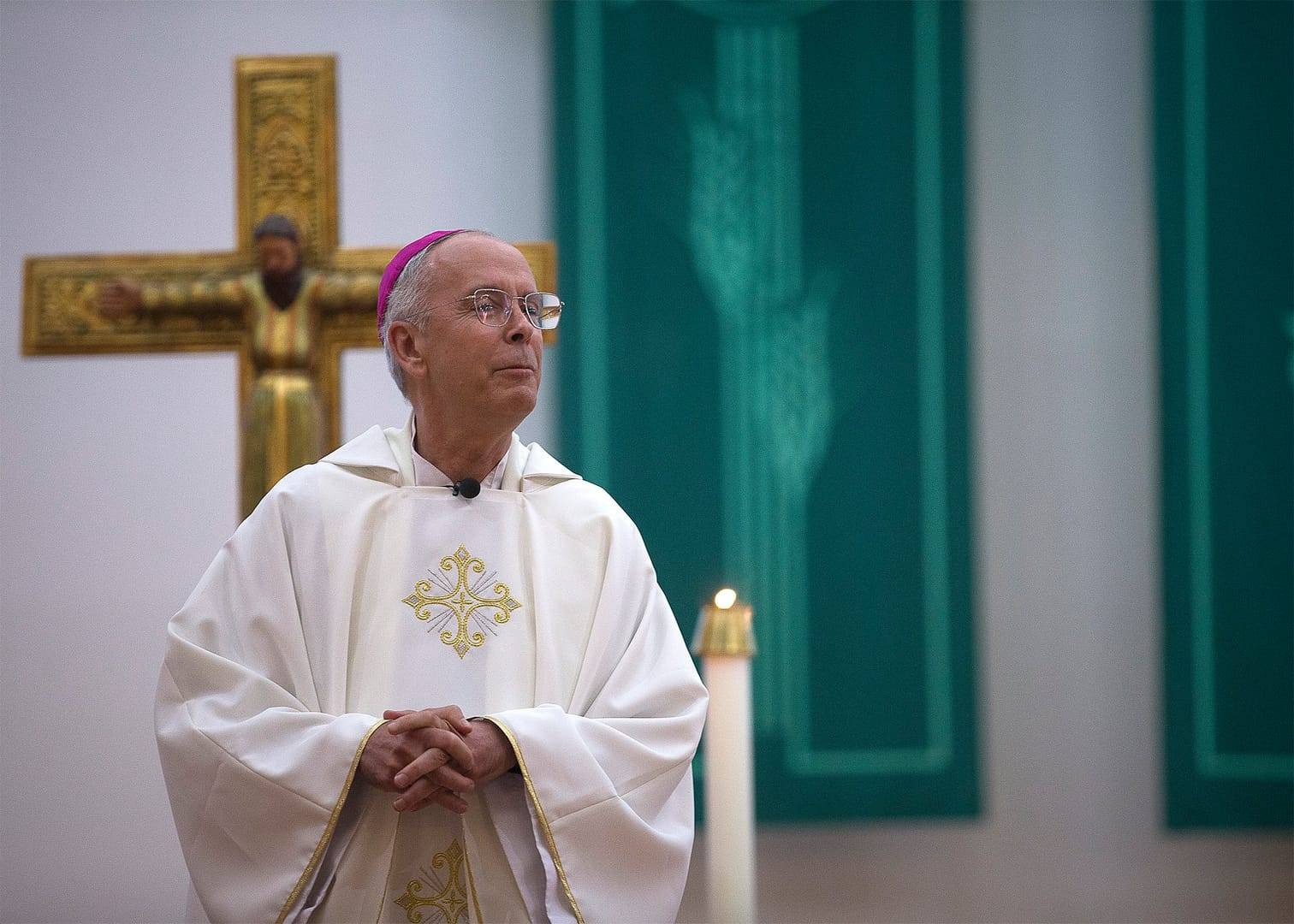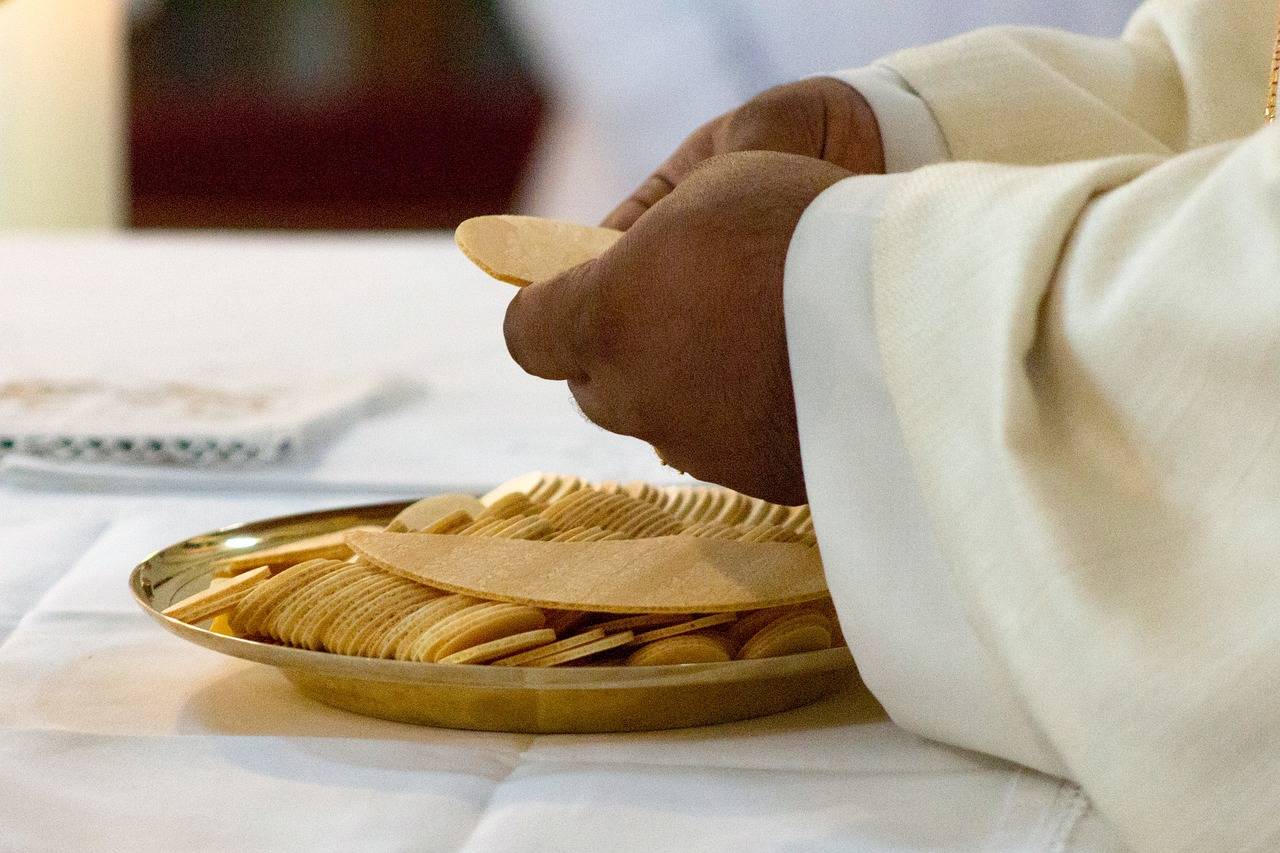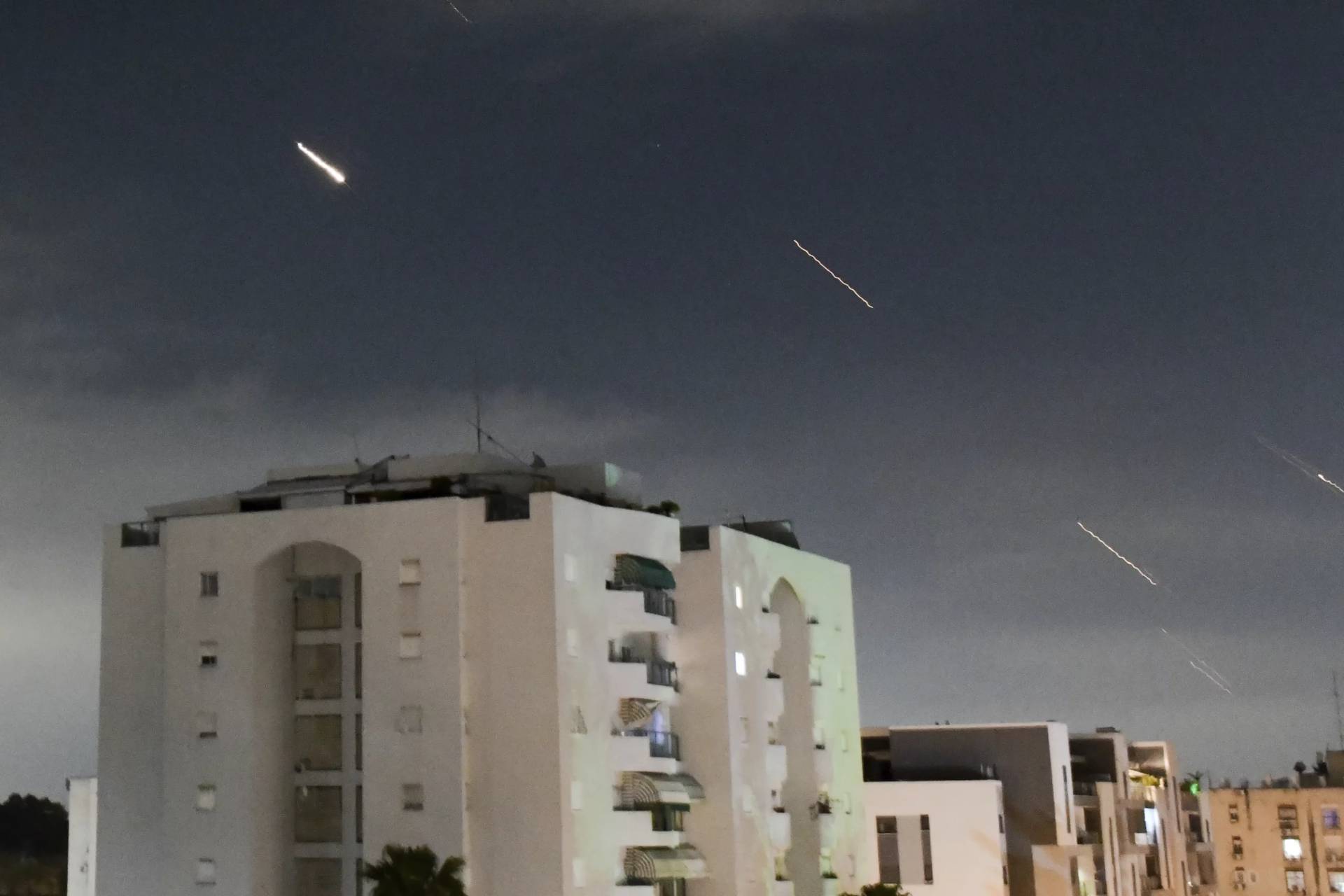BURLINGTON, Vermont — Recommendations on evangelization, vibrant parishes and communications emerged from the Diocese of Burlington’s first synod to be held since before the Second Vatican Council took place.
On April 16, Bishop Christopher J. Coyne promulgated the documents of the synod at the annual chrism Mass April 16 at St. Joseph Cathedral in Burlington.
In the spring of 2017, he had announced plans to convene the synod to establish a pastoral plan for the immediate future of the Catholic Church in Vermont and to establish particular laws and policies to do so.
“This was a serious undertaking by the Church … not a simple convening of meetings,” he said.
All of the members of the Catholic community were invited to participate in a preparation process in which they were asked to pray, listen, learn and discern what the future pastoral plan for spreading the “good news” of the Catholic Church in Vermont should be.
Coyne asked all the parishes in Vermont to have listening sessions. Parishioners were invited to offer responses to three questions: As the Catholic Church in Vermont, what are we doing well? What are we doing that we should be doing better? What are we not doing that we should be doing?
From that emerged the topics for the synod to address — evangelization, vibrant parishes and communications. Sessions took place at the end of last year and the beginning of this year, and resulted in recommendations for each of those topics.
As for ways to evangelize, recommendations include establishing a diocesan evangelization committee; developing a pastoral approach that helps every parish become an intentionally evangelizing community; and developing and implementing a program of adult catechetical and faith formation for the diocese.
It also was noted that evangelization efforts should stress intentional outreach to young people in the Church, those ambivalent about the faith and those fallen away from the practice of their faith.
Recommendations for building vibrant parishes include focusing on the liturgical, sacramental and devotional life of the Church as well as on social justice as evidenced by the corporal and spiritual works of mercy; fostering vocations to the diocesan priesthood; emphasizing the importance of all vocations; and supporting the work of parish vocations committees.
Communications recommendations include strengthening the Office of Communications for the diocese; establishing a communications plan to further the work of evangelization and good communications with those both inside and outside the Church; and creating a means by which communication can flow back and forth between the bishop, administrative offices, deaneries, parishes and people.
Some of these initiatives have gotten underway already.
“I think that everyone is impressed that we have a bishop who is so truly open to our ideas and concerns. The delegates were all amazed on how many great things are going on in our diocese, but the word is certainly not getting out to the greater public,” said synod delegate Loretta Schneider of St. Augustine Parish in the state capital, Montpelier.
“We all discovered gems that we could bring back to our own parish to incorporate in our communities,” she told Vermont Catholic, Burlington’s diocesan magazine.
She hopes that people will read the document and discern where they may have a responsibility and/or opportunity to contribute. “By virtue of our baptism, we have an obligation to share our gifts and talents,” she said.
The last Burlington diocesan synod began in 1956 under Bishop Edward F. Ryan. The issues included liturgy, nature of the Church, divine revelation and the Church in the modern world, according to retired Bishop Louis E. Gelineau of Providence, Rhode Island, who is a Burlington native. He was on that synod’s 15-member preparatory commission and is the only member still living.
– – –
Urban is content editor/staff writer for Vermont Catholic magazine, official publication of the Diocese of Burlington.















